Explain Primary and Secondary Metabolites
The term metabolites mean the end product which is produced due to metabolism of different products. These are generally referred to as the small molecules and simple molecules which are associated with different functions. This includes – Normal growth, development, physiological activities, cell signalling of cells, interactions with other, defense mechanism etc. Besides this some metabolites includes antibiotics, pigments, odorant, alcohol etc.
These metabolites are observed in the cells and tissues which are capable of doing their independent functions.
Primary Metabolites - Alcohol, nucleotides, lactic acid, amino acids of different proteins are the primary metabolites which produce due to metabolism of complex substances and converted into comparatively simple small molecules. Different microorganisms produce alcohol in large scale. This are produced during the growth of cells. This are produced in large quantities and are common in all plants.
Definition of Primary Metabolites - Primary metabolites are those which are directly connected with the growth, development and physiological activities of the cell.
In some cases bacteria uses primary metabolites to produce secondary metabolites. Example is actinomycin is a primary metabolites which is used by the bacteria to produce alcohol.
Functions of Primary Metabolites-
There are different major roles of primary metabolites. These are –
1. Primary metabolites are associated with promotion of growth in plants and in animals.
2. This are also involve in the functions of different physiological activities.
3. Primary metabolites are associated with various reproductive activities.
4. Associated with development of cell.
Secondary Metabolites:
Definition of secondary metabolites - Secondary metabolites are those which are not directly connected with the growth or development but indirectly influence an organism.
Secondary metabolites are not common for all plants. These are special for different plants. Secondary metabolites are synthesized in very small quantity and are associated with different activities.
Different types of secondary metabolites are-
1. Nitrogen containing- alkaloids–tobacco, cocoa, cocaine are the alkaloids that found Coco, tobacco plants.
2. Nitrogen - sulpher containing- sinigrin is the compound of this class which is found in cabbage relatives.
3. Phenols –
Phenolic acid - Caffeic are phenolic acids that founding coffee plants.
Lignin - In all terrestrial plants lignin is very common phenols.
Tannin - Gallotannins, condensed tannins are secondary metabolites which are observed in oak, hemlock trees.
Coumarin- In carrot coumarin which is a secondary metabolites are seen.
Flavonoids- anthocyanins very common flavonoids - which is observed in all land plants.
Lignans-
4. Terpenoids-
Monoterpenes - Menthol included in this category found in mint plants.
Diterpenes - Gossypol in cotton are diterpenes.
Triterpenes - Digitalis are triterpenes which found in foxglove plants.
Tetra terpenes - Carotenes in many plants are example of tetra terpenes.
Terpene polymers - In rubber plants terpenes polymers are found.
5. Sterols - In spinach as spinasterols are found which are secondary metabolites.
Functions of secondary metabolites - Functions of secondary metabolites are not associated with direct growth , development or physiological activities. These are associated with other activities which are essentials but not connected directly. These are –
1. Secondary metabolites are associated with defense (antibiotics).
2. Associated with pigmentation.
3. Associated with cell signalling etc.
From Explain Primary and Secondary Metabolites to HOME PAGE
Recent Articles
-
What Is Plasma? | Blood Plasma | Proteins | Nutrients | Cholesterol
Nov 07, 25 10:29 AM
Blood is a mobile fluid which is a connective tissue and is derived from the mesoderm like cell any other connective tissue. Colour of blood is reddish and that flows inside the blood vessels by means… -
Disorders of Respiratory System | Tuberculosis | Pleurisy | Emphysema
Oct 28, 25 11:39 PM
Tuberculosis is very common disease and is caused by a type of bacteria called Mycobacterium tuberculosis. This disease causes different trouble in the respiration and infection of several parts of th… -
Regulation of Respiration | Respiratory Centres | Inspiratory Area |
Oct 14, 25 12:13 AM
Respiratory Centre is the area that controls the rate of respiration and it is observed to be located in medulla oblongata and pons. Respiratory Centre has the following will dispersed components like… -
Explain Transport of Gases | External Respiration | Tissue Respiration
Oct 09, 25 11:35 PM
In humans gaseous exchange is completed in the following ways the steps are - External Respiration or Breathing - Breathing in false taking in of Oxygen and giving out of carbon dioxide in the body. M… -
Kind and Number of Teeth | Location of Teeth in Mouth | Care of Teeth
Sep 11, 25 12:52 AM
Kind and Number of Teeth
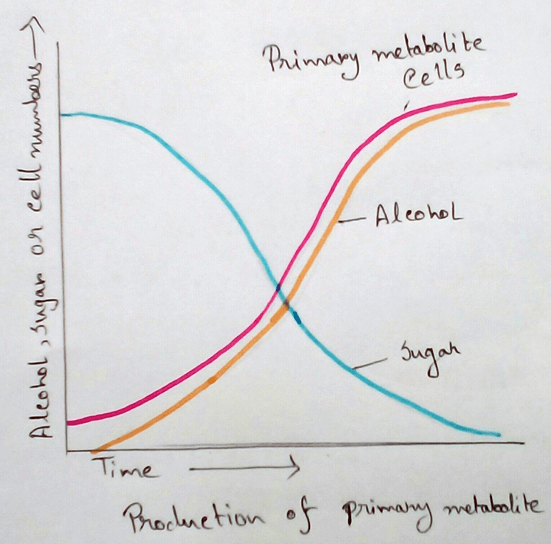
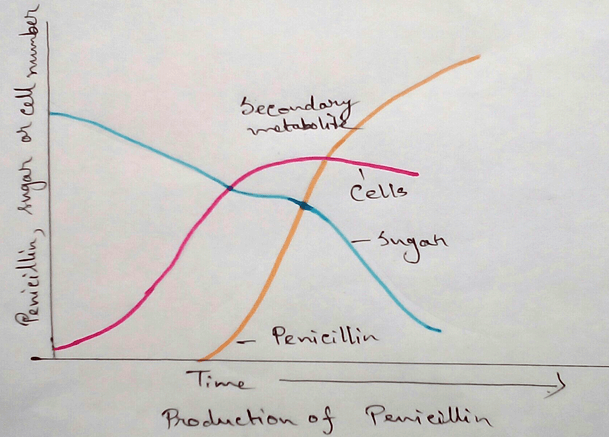
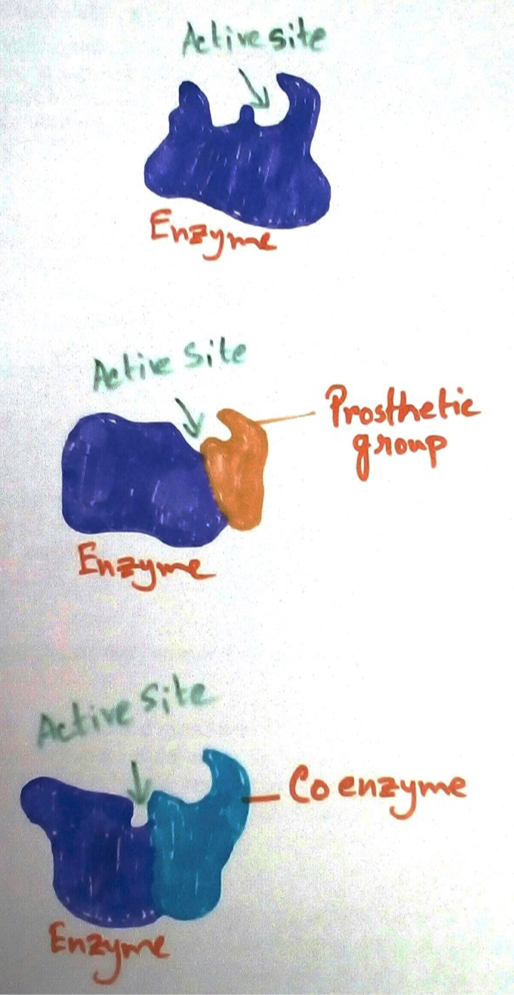
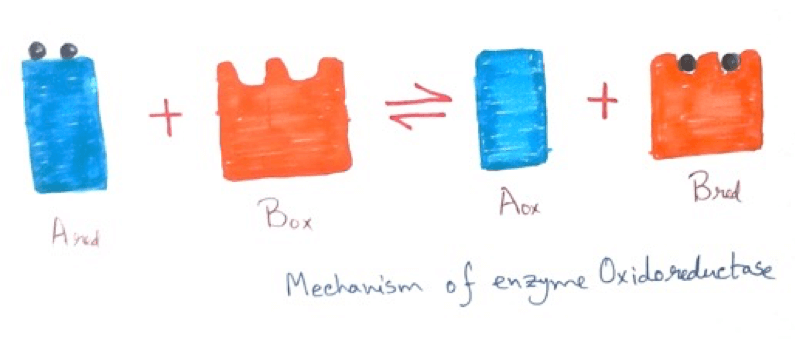
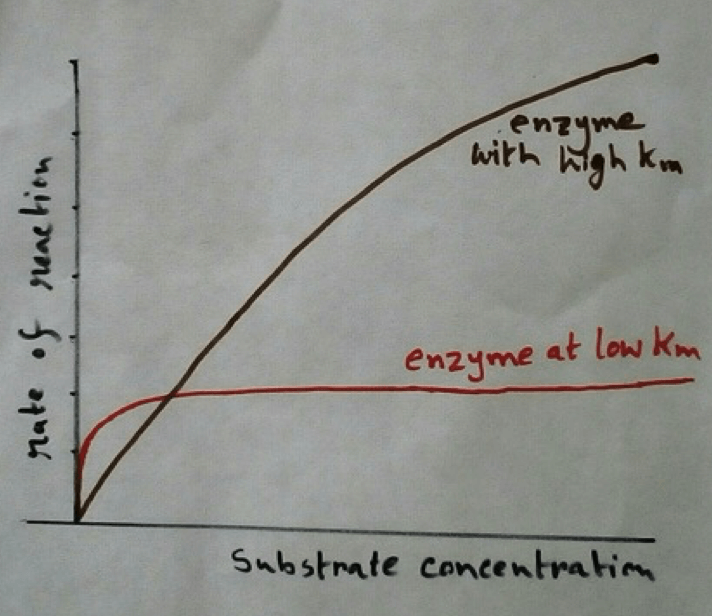

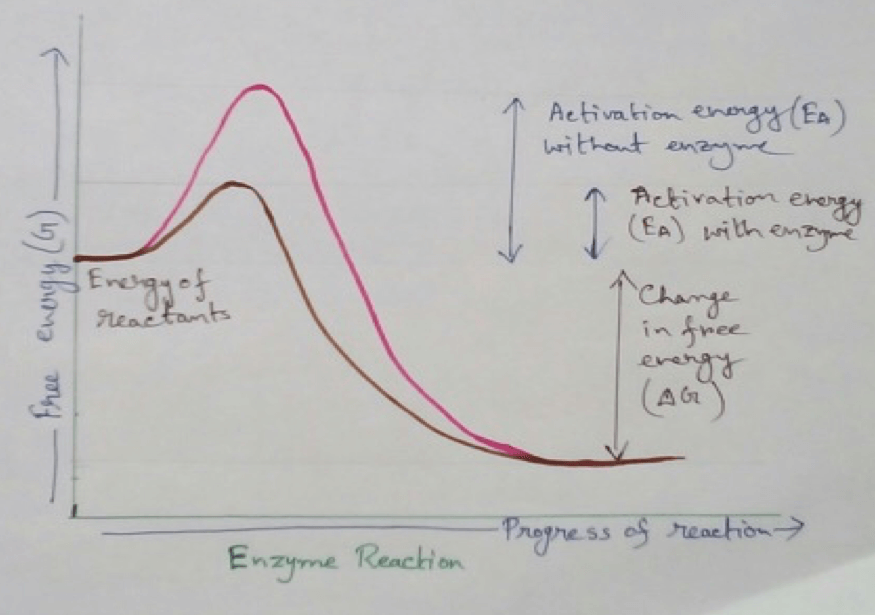
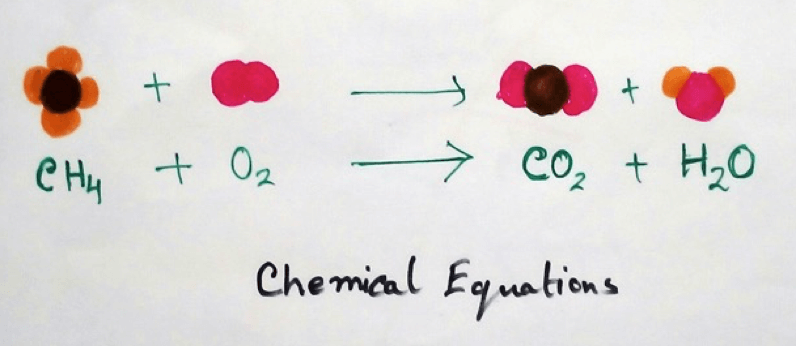
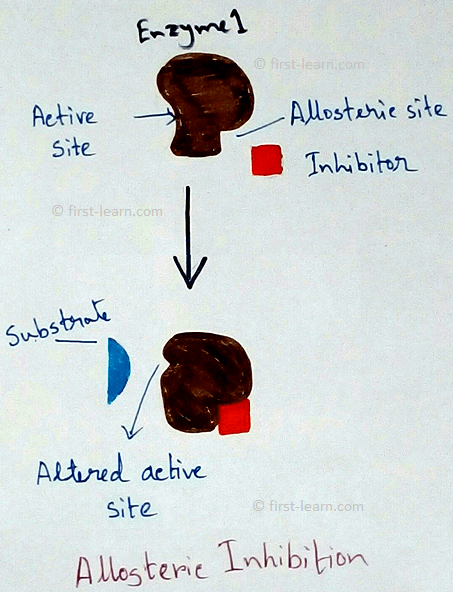

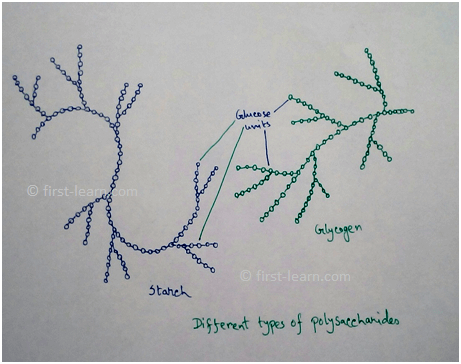





New! Comments
Have your say about what you just read! Leave me a comment in the box below.